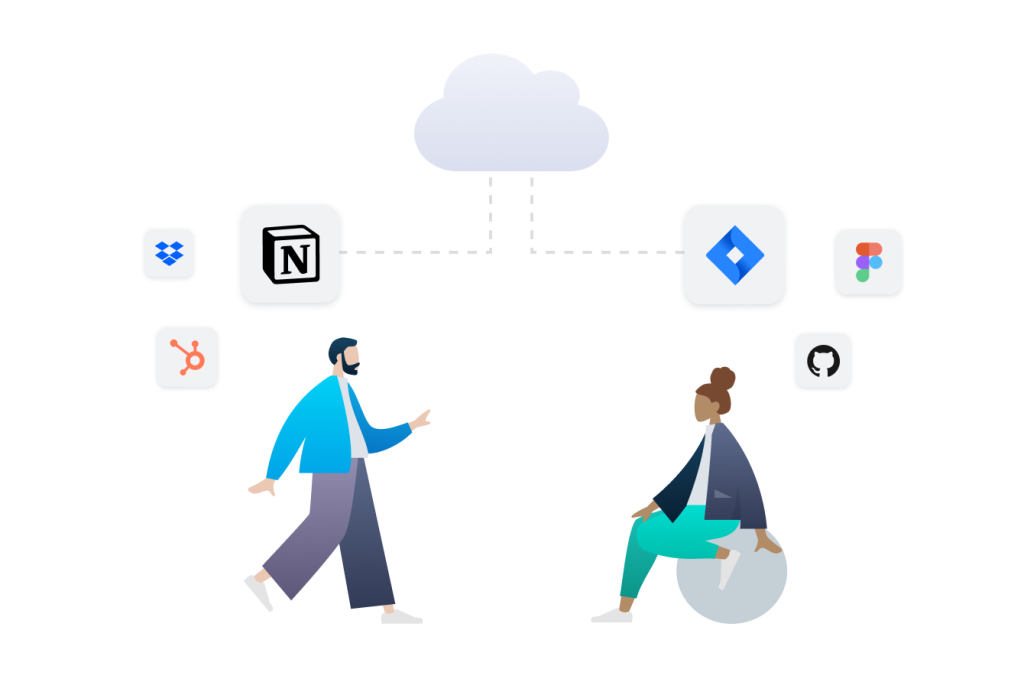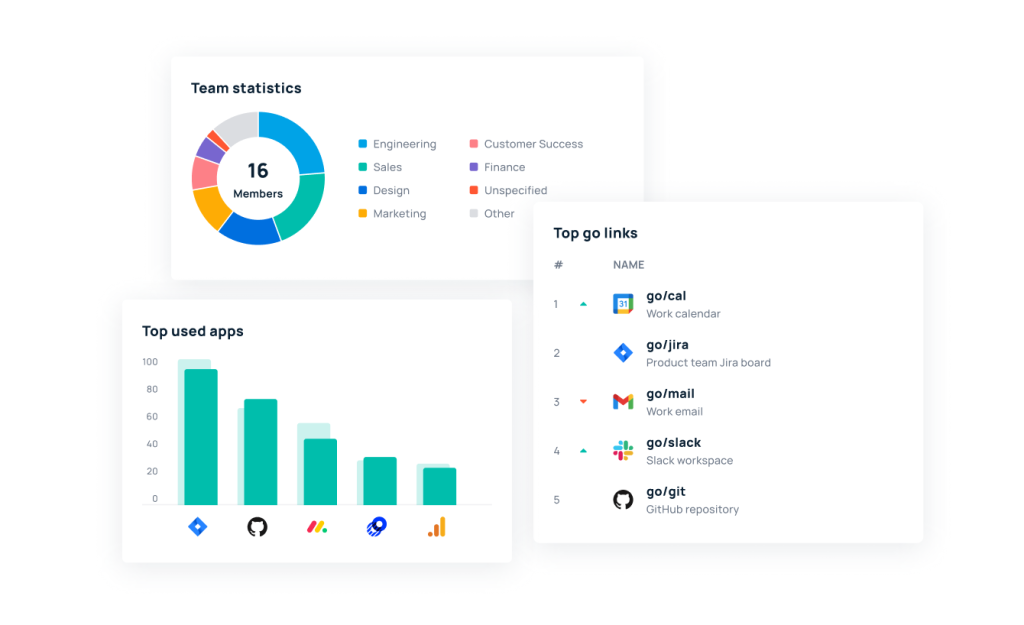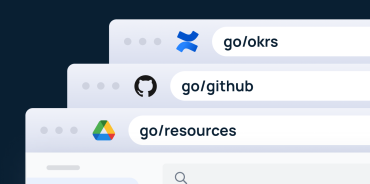An IDC survey found that 85% of marketers are under pressure to create more assets. However, many companies haven’t updated their processes and storage to manage growing digital asset databases.
Digital assets can be photos, videos, graphic designs, slide decks, documents, spreadsheets, audio files, and code. A digital asset management (DAM) workflow streamlines processes for developing, storing, and accessing digital assets.
A DAM workflow serves two main purposes:
- Create a centralized repository for digital assets.
- Establish workflows that optimize how team members create, distribute, and access digital assets.
Benefits of digital asset management workflows
Digital assets can create several pain points for your team. Tasks can get confusing or lost in a complex asset review process. Plus, it can be time consuming and frustrating to search through emails, shared drives, and DMs for digital files.
With a digital asset management workflow, you can:
- Streamline requests and approvals
- Automate processes and notifications
- Prepare assets for distribution
- Archive assets so they are easily searchable
Don’t rely on inefficient solutions like emails, messages, and shared drives. A simplified DAM workflow can improve operational agility, increase transparency across teams, standardize your knowledge management process, and improve brand consistency.

5 ways to simplify DAM workflows and boost workplace productivity
1. Simplify digital asset sharing with a link management tool
Use an internal link management tool like GoLinks (that’s us!) to create memorable short links (aka go links) for any digital asset. Link management software helps you organize internal links, create and share short links with your team, and track link usage.

For example, you could create “go/one-pagers” as an easy go link that will take you directly to your folder of one-pagers. This go link is easy to share verbally and visually across teams, making your one-pagers easily accessible for everyone.
You can also use GoLinks to keep track of how your team is engaging with digital assets — this will help you optimize your DAM workflows.
2. Streamline digital asset requests and approvals with automation
For creative teams, digital asset requests and approval processes are often multi-step workflows with several designers, reviewers, and approvers in play. Use knowledge management tools like Notion or Wrike to automatically turn asset requests into step-by-step tasks for your entire team.
You can use conditional notifications to update team members throughout the digital assets workflow. For example, if an asset is rejected, set up an automated notification for your designer to make edits. If an asset is finalized, automatically notify relevant team members that it’s ready for distribution.
Pro Tip: Use GoLinks to easily share digital asset request forms with team members using go/asset-request or go/design-review.
3. Aggregate digital assets to make them easy to find
When building your digital asset library, it’s important that archived assets are easy to access. Use an enterprise search solution to make it easy for employees to search and find any digital assets within the company. Enterprise search pulls together your company’s data, resources, and documents from anywhere your company keeps information.
Depending on what solution you use, you can tag or categorize assets with metadata. It’s important to be consistent with tagging structures, so that searching for digital assets is intuitive and straightforward.
Pro Tip: Use GoLinks in tandem with an intranet to make your database more searchable, with easy-to-remember short links.

4. Unify DAM systems across teams

Too often, different teams have different systems for sharing digital assets, wasting time and energy tracking down assets from other teams. When setting up your digital asset management workflows, consider how all teams will use it cross-functionally.
If your sales and product teams use different project management tools, make sure both tools are connected to a single cloud-based digital asset manager. Conduct ongoing training to ensure that team members understand digital asset workflows.
Pro Tip: Use GoLinks, like go/sales-deck or go/branding, to create shortcuts to the digital assets your teams use most.
5. Monitor and optimize your DAM workflows
Companies are constantly adding digital assets to their databases. It’s important to monitor how your DAM workflows are working for your team.
Are certain tasks getting lost in the approval process? Are there assets that people consistently struggle to find? Continue to optimize your DAM systems to make things as streamlined and simple as possible.
Pro Tip: Use GoLinks Workspace Analytics to track specific links and see how many team members are utilizing your DAM workflows.

Start Improving Digital Asset Management Workflows with GoLinks
When it comes to digital asset management, simpler is better. GoLinks simplifies your DAM workflows and makes it easier for your team to find exactly what they’re looking for.
Access and share resources instantly with GoLinks
Try for free














